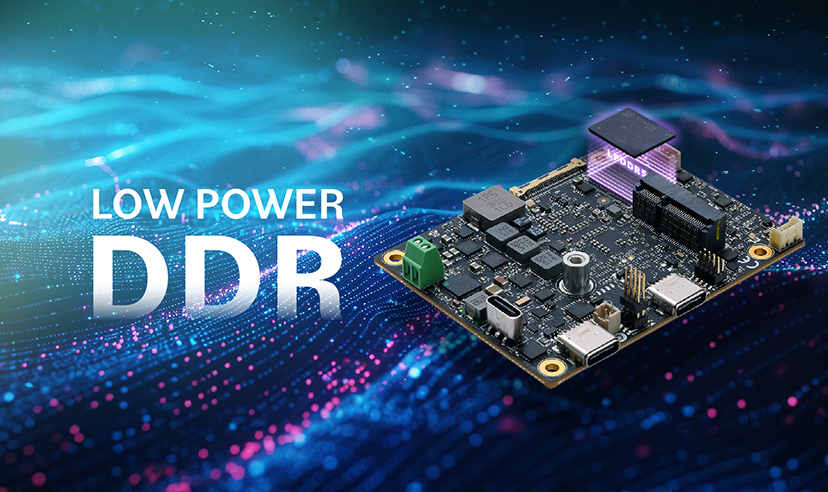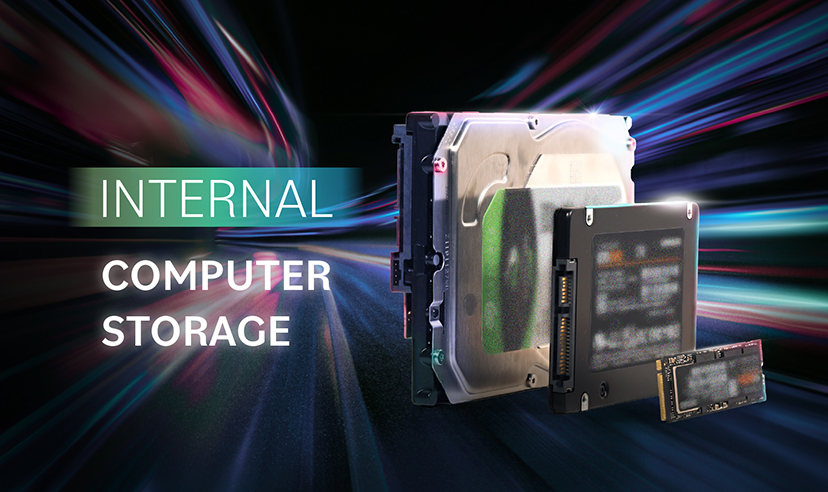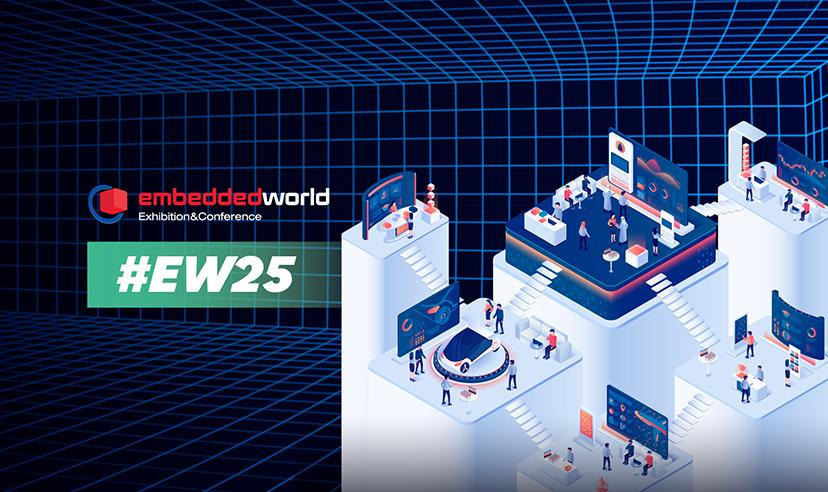
Traditional CPU and Chipset vs On-board SoC
As computing systems become more compact and efficient, processor architecture plays a primary role in determining performance, scalability, and power consumption. However, selecting the right CPU is only part of the equation—pairing it with a well-matched chipset is equally essential to ensure optimal communication, functionality, and system performance. Choosing between a CPU and chipset or an On-board System on Chip (SoC) directly impacts system design, influencing factors such as flexibility, integration, and energy efficiency.
CPU and Chipset: Complementary Roles, Distinct Functions
Over the years, both CPUs and chipsets have significantly advanced, shaping the capabilities of modern computing systems. Initially, CPUs handled only basic processing tasks, relying heavily on external chipsets to manage memory, input/output (I/O) operations, and peripheral communication. As computing demands grew, CPUs became more powerful, integrating additional functionalities such as memory controllers and graphics processing, reducing dependency on separate chipsets.
Once composed of multiple separate components (Northbridge and Southbridge), Chipsets have also evolved. The Northbridge, which managed high-speed communication between the CPU, RAM, and GPU, has largely been absorbed into modern processors. Meanwhile, the Southbridge, responsible for managing I/O devices, networking, and storage, has been consolidated into a single chipset, streamlining system architecture. Today, System-on-chip (SoC) designs take this evolution further by integrating the CPU, chipset, and other essential functions into a single, compact unit, optimizing performance, power efficiency, and overall system complexity.
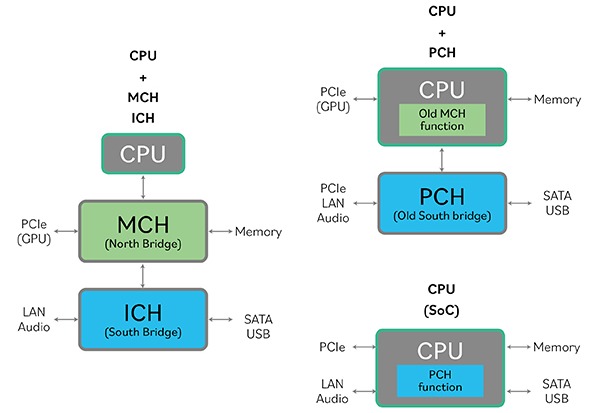
Evolution of CPU and Chipsets
Socketed CPUs: Modular and Upgradable
Socketed CPUs connect to a motherboard via a socket interface, allowing for processor upgrades or replacements without modifying other system components. This modularity makes them ideal for high-performance applications where customization, scalability, and long-term support are key requirements.
Key Features:
-
Upgradability – CPUs can be replaced independently for future-proofing.
-
Customization – Compatible with various motherboards, memory, and storage configurations.
-
Higher Performance – Typically offers better thermal management and raw computing power.
However, socketed CPUs require additional components, such as external chipsets, dedicated GPUs, and cooling solutions, which makes them less compact and more power-hungry.
On-board SoCs: Compact and Efficient
On-board SoCs (System on Chip) integrate multiple computing components—including the CPU, GPU, memory controller, and peripheral interfaces—onto a single silicon chip. This integration results in a power-efficient and space-saving solution ideal for embedded applications.
Key Features:
-
Compact Design – Ideal for small form factor boards like KIWI310 and KIWI330.
-
Power Efficiency – Lower power consumption compared to socketed CPUs.
-
Cost-Effective – Fewer external components reduce overall system cost.
One drawback of SoCs is their limited upgradability, as the processor is soldered onto the board, requiring a complete system replacement for performance improvements.
KIWI310 & KIWI330: Leveraging SoC Technology
KIWI310 and KIWI330 use On-board SoCs, leveraging compact and power-efficient architectures for industrial and IoT applications.
-
KIWI310: Features Intel Apollo Lake SoC, balancing performance and low power consumption for embedded computing.
-
KIWI330: Is powered by Intel Alder Lake-N and Amston Lake, offering enhanced performance with an advanced SoC chipset.
These boards exemplify how integrated SoCs chipsets enable ultra-compact, highly integrated solutions perfect for edge computing, AI applications, and IoT deployments.
About KIWI board
KIWI board is a complete solutions provider, supporting every aspect of your project, from hardware to software and system integration, to get your application functioning securely, reliably, and at peak performance. KIWI board builds its products for high reliability, high performance, security, scalability, and versatility so customers can expect extended service life, quickly adapt to evolving system requirements, and adopt future technologies as they emerge.
Next steps
Ready to talk about your projects with a KIWI board expert? Contact us
Want to hear more from KIWI board? for our newsletter Sign up
Or request a quotation
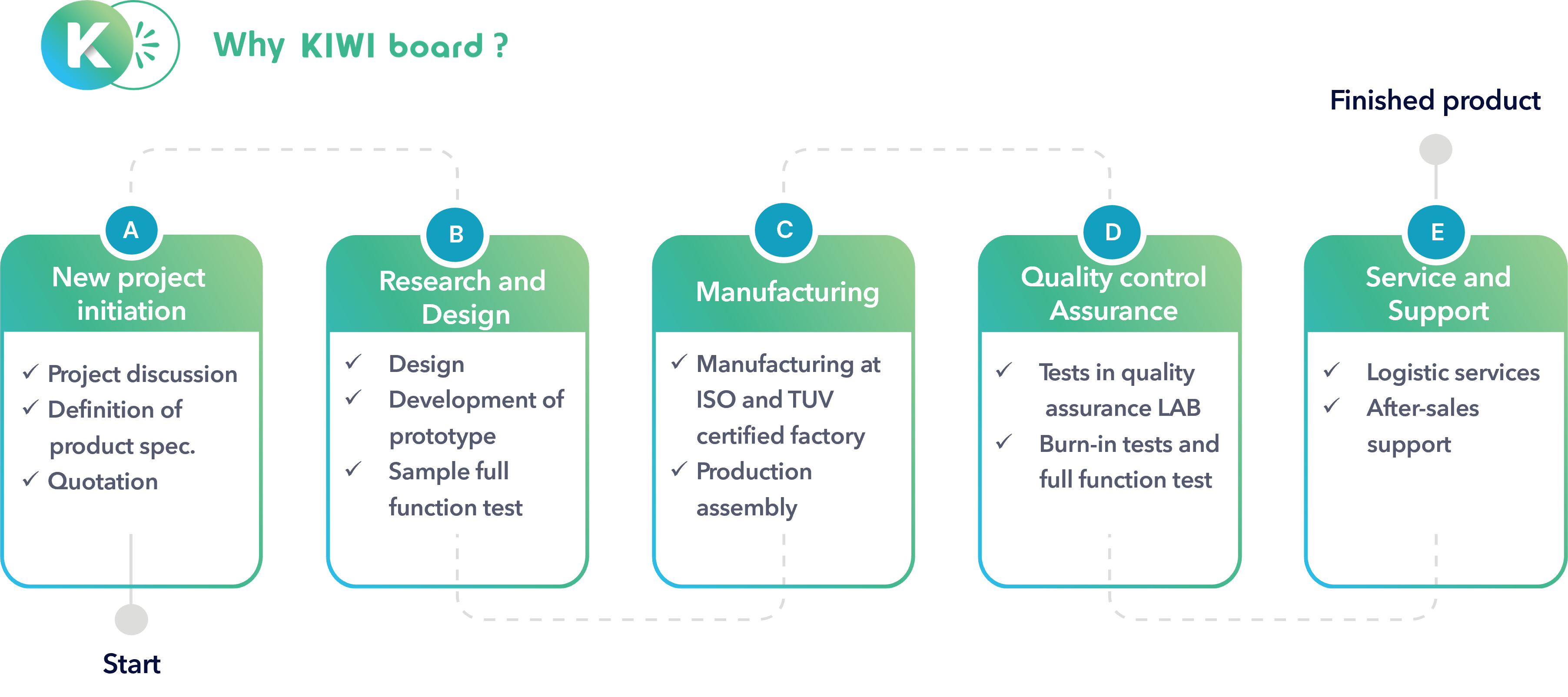
.jpg)




